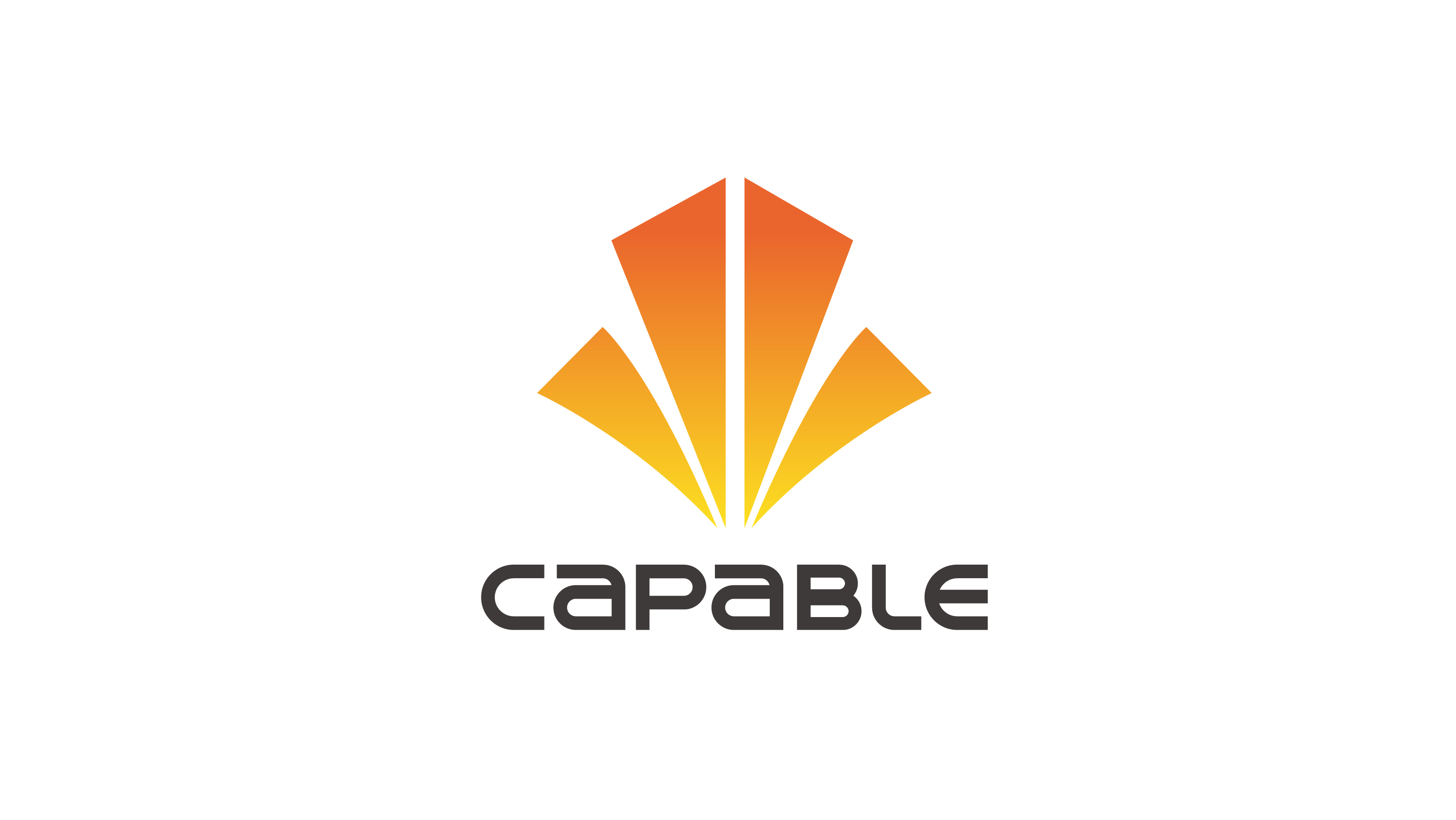Dual carbon strategy: A policy spotlight shining towards the highlands
The 'dual carbon' goal opens up new opportunities for the industry.The national policy has laid three golden tracks for the LED industry:

1. Industrial energy-saving replacement: a billion dollar market for essential needs.
Policy driven: The Implementation Plan for Carbon Peaking in Urban and Rural Construction clearly requires that by the end of 2030, the proportion of LED high-efficiency energy-saving lamps used should exceed 80%. The process of phasing out high energy consuming light sources such as metal halide lamps and high-pressure sodium lamps in the industrial sector is accelerating. China's industrial lighting alone will consume 300 billion kilowatt hours of electricity next year. If LED is fully replaced, the annual energy savings will be equivalent to 1.5 Three Gorges power stations.
Technological moat: Industrial lighting needs to meet strict requirements such as explosion-proof, waterproof, and -40 ℃~85 ℃ working environment, which forces enterprises to break through core technologies such as heat dissipation materials and secondary optical design.
- Smart City Infrastructure: Green Revolution in Light Poles
In June and July 2025, over 5 billion yuan worth of lighting engineering projects have been released nationwide, with smart lamp posts becoming the core carrier
Suzhou High tech Zone Project: Investing 500 million yuan to build 3240 sets of smart light poles, integrating charging piles, environmental monitoring and other functions;
Neijiang urban area renovation: investing 16 million yuan to promote energy-saving and carbon reduction updates of lighting facilities.
These projects respond to the requirements of "developing green lighting and promoting smart light poles" in the "14th Five Year Plan for National Urban Infrastructure Construction", reducing energy consumption by 60% through photovoltaic integration solutions and saving another 30% through intelligent dimming.
3. Circular Economy: Green Transition from Products to Materials
Material Revolution: Landwans, a subsidiary of Mulinson, uses post consumer recycled plastic (PCR) to manufacture LED light bulbs, reducing carbon footprint by 30%, improving light efficiency by 15%, and reducing plastic consumption by 500 tons annually.
Mode innovation: Xinnuofei launches "Lighting as a Service", reducing carbon emissions by 47% and maintenance costs by 60% through 3D printing of lighting fixtures.

The image of pattern breakers: the rise of technology and scene oriented factions
In the transitional period of industrial ice and fire interweaving, a group of enterprises are tearing open the cracks:
1. Technical fighters: Striving for the industrial and automotive standards high ground.
Breakthrough in Industrial Lighting: Lida Xin, Lianyu Co., Ltd. and other enterprises have joined forces with international brands to develop explosion-proof mining lamps, breaking through the 100000 hour lifespan technology and seizing the global industrial lighting stock replacement market.

Vehicle grade card slot: With the penetration rate of new energy vehicles exceeding 30%, LED headlights have been upgraded from safety components to intelligent interactive components. Changzhou enterprise has developed DLP projection headlights for NIO ET9, with a single set selling for over 10000 yuan. By binding to the car company's shared patent pool, the technology blockade can be avoided.

2. Scenario design: From selling lighting fixtures to selling lighting environments
Night economy empowerment: Lex Lighting creates a dynamic light environment in Monument to the people's Liberation Business District, Chongqing, extending the consumption period to 2 a.m., driving the consumption per unit area to increase by 40%; Its' Cultural Narrative Lighting System provides light and shadow operation services for Xi'an Datang Night City, with a 50% increase in unit price per customer.

Healthy Light Formula: OPPO Lighting has developed the "Emotional Light Formula" system, which extends consumer stay time by 15% and increases purchase conversion rate by 9% by adjusting color temperature spectrum.

Policy leverage: How to penetrate the last mile?
Despite the clear direction, industrial upgrading still faces three obstacles:
Standard lag: The current "Urban Road Lighting Design Standard" (CJJ 45-2015) energy efficiency limit is only 90% of the new national standard level, resulting in high engineering design power and serious energy waste.
Financing bottleneck: Small and medium-sized enterprises rely on green finance for technology research and development, but tools such as pledging carbon emission reduction benefits have not yet been widely adopted.
Lack of recycling system: The recycling rate of LED products is less than 20%, and the risk of mercury pollution remains unresolved.
Breaking the game requires firing three arrows at once:
Standard iteration: Accelerate the revision of the "Energy saving Technical Specification for LED Industrial Lighting", linking the power density value (LPD) of road lighting to the latest energy efficiency level.
Technology Research Fund: Establish special funds to break through bottleneck links, such as automotive grade LED driver chips and high color rendering index plant lighting sources.
Circular economy legislation: Mandatory implementation of extended producer responsibility system and establishment of LED product lifecycle carbon footprint management.

Conclusion: Between turning off and turning on the lights
When the tide of low-end manufacturing recedes, China's lighting industry is standing at a crossroads of value reconstruction. The "dual carbon" strategy is not an option, but a survival permit - the EU Carbon Border Adjustment Mechanism (CBAM) has included product carbon footprints in trade barriers, and companies without optical design capabilities will eventually be blocked from the industrial lighting market worth billions.
And those companies that have crossed the cycle have already written the answer with actions:
Mulinsen's PCR plastic light bulb is a powerful tool that converts discarded packaging into a 15% increase in light efficiency;
Lei Shi's healthy light formula set a record of 119% sales growth during the 618 promotion;
The smart lamp post in Suzhou leverages a 500 million yuan infrastructure investment with just one lamp post.
Taken from Lightingchina.com
Post time: Jul-23-2025
